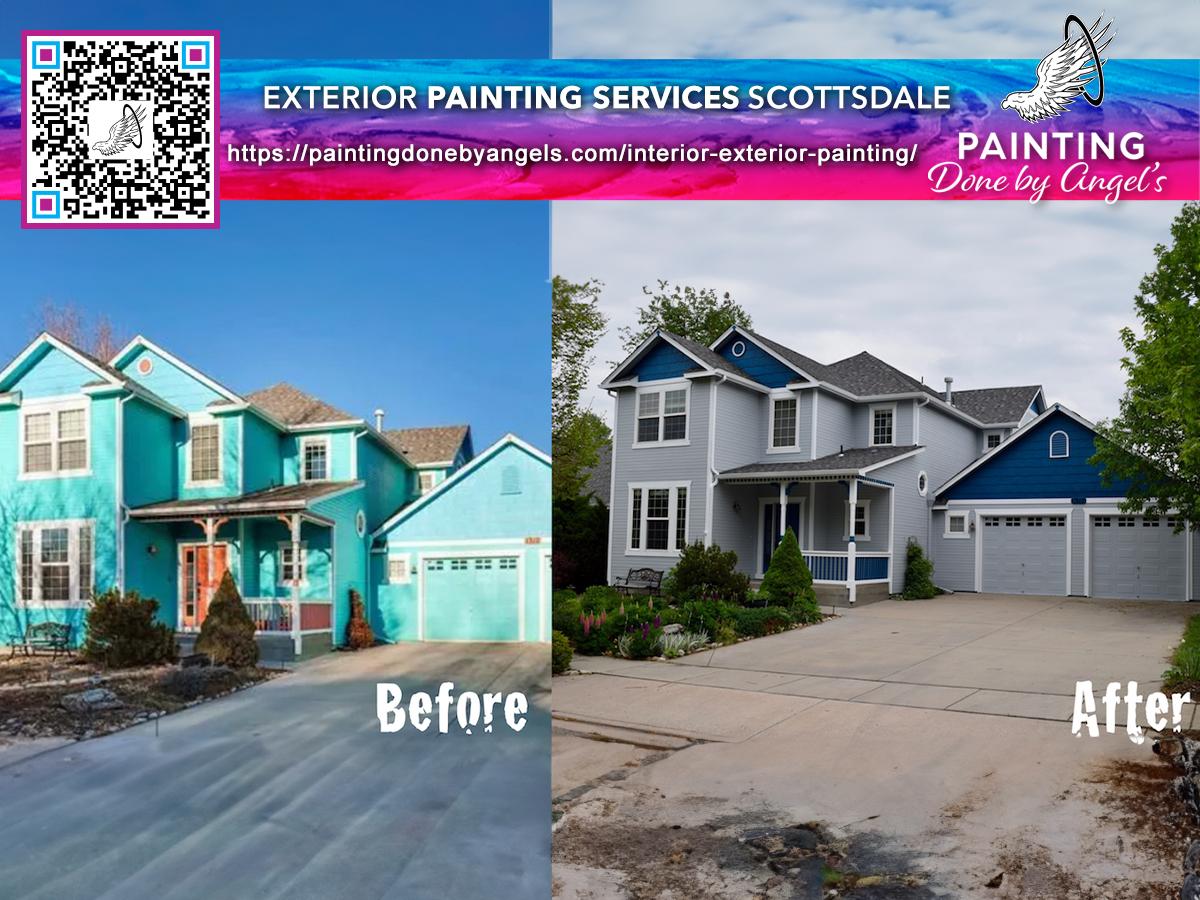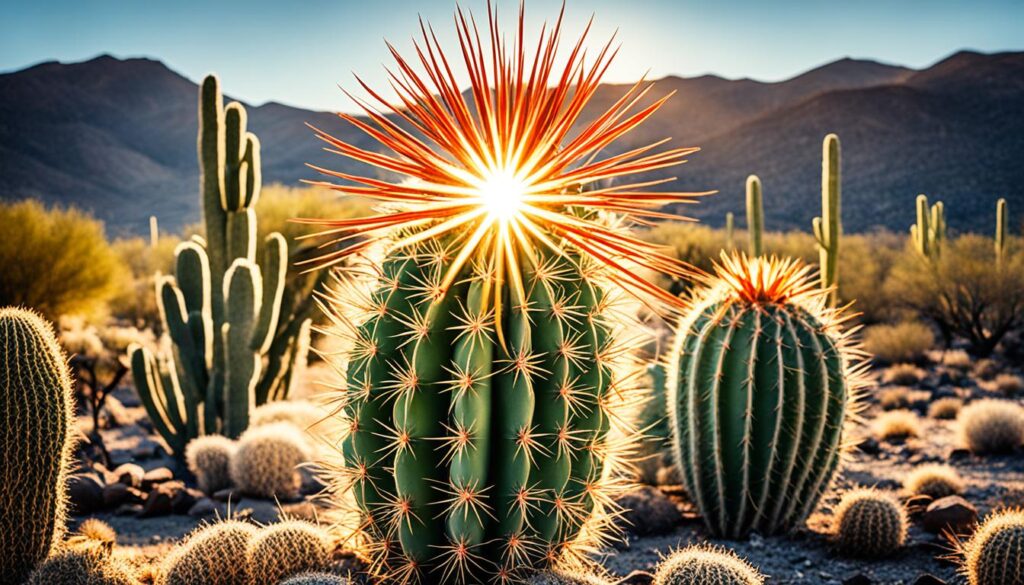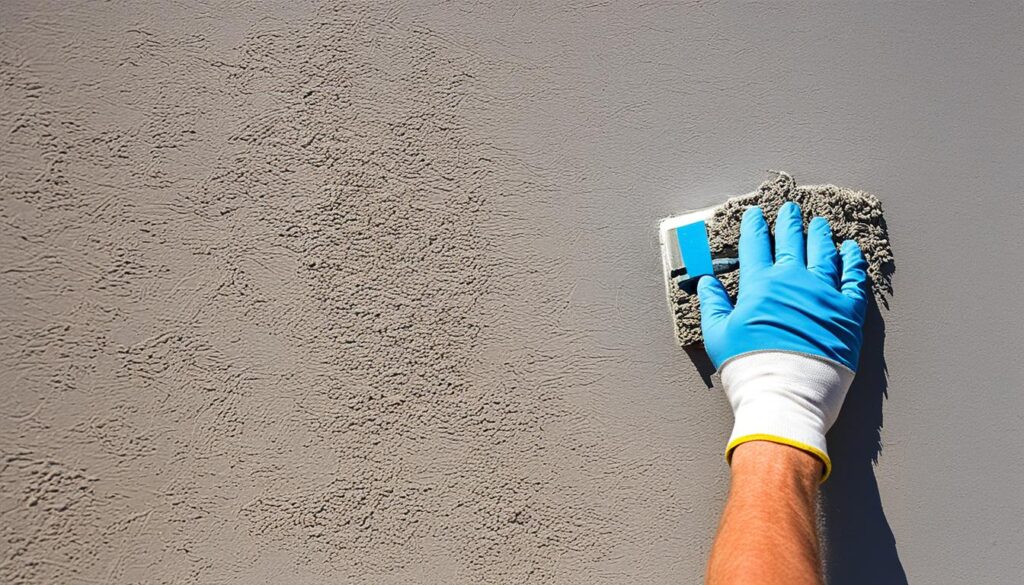
Arizona’s unique climate presents both opportunities and challenges for exterior painting projects. Understanding the weather patterns and environmental factors that impact paint application and durability is crucial for achieving long-lasting, high-quality results. This article will explore the key weather conditions homeowners and contractors should consider when planning exterior painting tasks in Arizona.
Arizona is renowned for its hot, dry climate, with temperatures often exceeding 100°F during summer. This extreme heat can significantly impact exterior painting projects, affecting the paint’s application, drying, and curing. Painters must take precautions to ensure the paint adheres properly and avoids premature cracking or peeling. Additionally, the region experiences a distinct monsoon season, bringing high humidity levels that can pose challenges for exterior painting in Arizona.
By understanding the ideal temperature range, humidity levels, and wind patterns for exterior painting in Arizona, homeowners, and contractors can better plan their projects and ensure the paint application and durability meet their expectations. This article will explore the specific weather conditions that should be considered when tackling painting in the Arizona climate and the best time to paint in Arizona.
Understanding Arizona’s Unique Climate
Arizona’s climate is characterized by its hot, dry conditions, which can present challenges and opportunities for exterior painting projects. The region’s extreme heat and drought conditions can significantly impact paint application, drying, and curing, requiring painters to take special precautions to ensure proper adhesion and prevent premature cracking or peeling.
Extreme Heat and Drought Conditions
During the summer months, temperatures in Arizona often soar above 100°F, creating an environment that can be challenging for exterior painting. The intense heat can cause the paint to dry too quickly, leading to issues with adhesion and the formation of unsightly cracks or blisters. Painters must carefully monitor the weather and adjust their techniques to accommodate these extreme heat conditions. Take a step towards knowledge by reading this exceptional piece.
Monsoon Season and High Humidity Levels
In addition to the scorching temperatures, Arizona also experiences a monsoon season characterized by increased humidity levels and the potential for heavy rainfall. This shift in weather patterns can also impact exterior painting projects, as the higher humidity can slow the drying process and increase the risk of mildew or mold growth on the painted surfaces. Contractors must be prepared to adapt their painting schedules and techniques to accommodate the variable weather conditions during this time of year.

Arizona Exterior Painting Weather
When it comes to exterior painting projects in Arizona, understanding the ideal temperature range, humidity, and dew point considerations, as well as the potential impact of wind speeds and dust storms, is crucial. By closely monitoring the local weather patterns, homeowners and contractors can ensure their exterior painting in Arizona is carried out under the most favorable conditions, maximizing the paint’s adhesion, drying, and long-term performance.
Ideal Temperature Range for Painting
The ideal temperature for exterior painting in Arizona is generally between 50°F and 90°F. Painting in temperatures outside of this range can lead to various issues, such as poor paint adhesion, rapid drying, or even premature cracking and peeling. It is essential for homeowners and contractors to closely monitor the weather forecast and plan their painting projects accordingly to ensure the best possible results.
Humidity and Dew Point Considerations
In addition to temperature, humidity and dew point levels are critical factors to consider when painting exteriors in Arizona. High humidity and dew points can cause condensation on the surface, leading to poor paint adhesion and increased drying times. Conversely, extremely low humidity can cause the paint to dry too quickly, leading to cracking and other defects. Carefully monitoring the humidity and dew point for painting in Arizona can help optimize the paint application and curing process.
Wind Speeds and Dust Storms
The arid climate of Arizona is also prone to wind and dust storms, which can significantly impact exterior painting projects. High winds can cause the paint to dry too quickly, leading to uneven application and potential adhesion issues. Additionally, dust storms can introduce contaminants onto the surface, interfering with the paint’s ability to bond properly. Homeowners and contractors must be vigilant and prepared to adjust their painting schedules to accommodate these environmental factors.
Preparing for Exterior Painting in Arizona
When undertaking exterior painting projects in Arizona, it’s crucial to carefully consider the unique climate and select the right paint types for Arizona’s climate. The region’s hot, dry conditions and potential monsoon season can pose significant challenges for paint adhesion, durability, and overall performance.
Choosing the Right Paint for the Climate
Paints with high acrylic resins, UV blockers, and mildew resistance are typically the best for Arizona’s harsh environmental conditions. These specialized paint formulations are designed to withstand the intense heat, direct sunlight, and occasional moisture that the state experiences. Homeowners and contractors can ensure their exterior painting projects stand the test of time by selecting the appropriate paint types for Arizona’s climate.
Proper Surface Preparation
Alongside selecting the right paint, surface preparation for exterior painting in Arizona is equally important. Thoroughly cleaning, sanding, and priming the surface is essential to ensure the new paint adheres properly and provides long-lasting protection. This comprehensive surface preparation for exterior painting in Arizona helps to create a smooth, uniform canvas for the paint application, ultimately enhancing the overall appearance and durability of the finished project.

Best Times of Year for Exterior Painting in Arizona
When it comes to exterior painting projects in Arizona, timing is crucial. The best times of the year to tackle these tasks are typically the spring and fall seasons when the weather is more favorable and manageable. During these transitional periods, homeowners and contractors can take advantage of the ideal temperature range and humidity levels conducive to successful paint application and long-lasting results.
Ideal Temperature Range for Painting
Arizona’s ideal temperature range for exterior painting is between 50°F and 90°F. Painting within this temperature range helps ensure the paint adheres properly to the surface, dries optimally, and cures effectively without the risk of premature cracking or peeling. Avoiding extreme heat or cold is essential for achieving a high-quality, durable finish that can withstand Arizona’s harsh climate.
Humidity and Dew Point Considerations
In addition to the temperature, humidity levels, and dew point are important factors to consider when planning exterior painting projects in Arizona. The spring and fall seasons typically have lower humidity levels and dew points that do not promote excessive condensation, which can interfere with the paint’s ability to bond and cure properly. Monitoring these weather conditions can help painters maximize the effectiveness of their work and prevent potential issues down the line.
At Painting Done by Angels, we are committed to helping those in the Scottsdale & Phoenix, Arizona region make their homes and businesses beautiful. We offer interior and exterior painting solutions with more than 15 years of expertise. Because our family-owned and operated team is bonded, insured, and certified, you can rest assured that your investment is safe and secure with us. As a result, we take great pride in delivering the best results for our customers every time!
